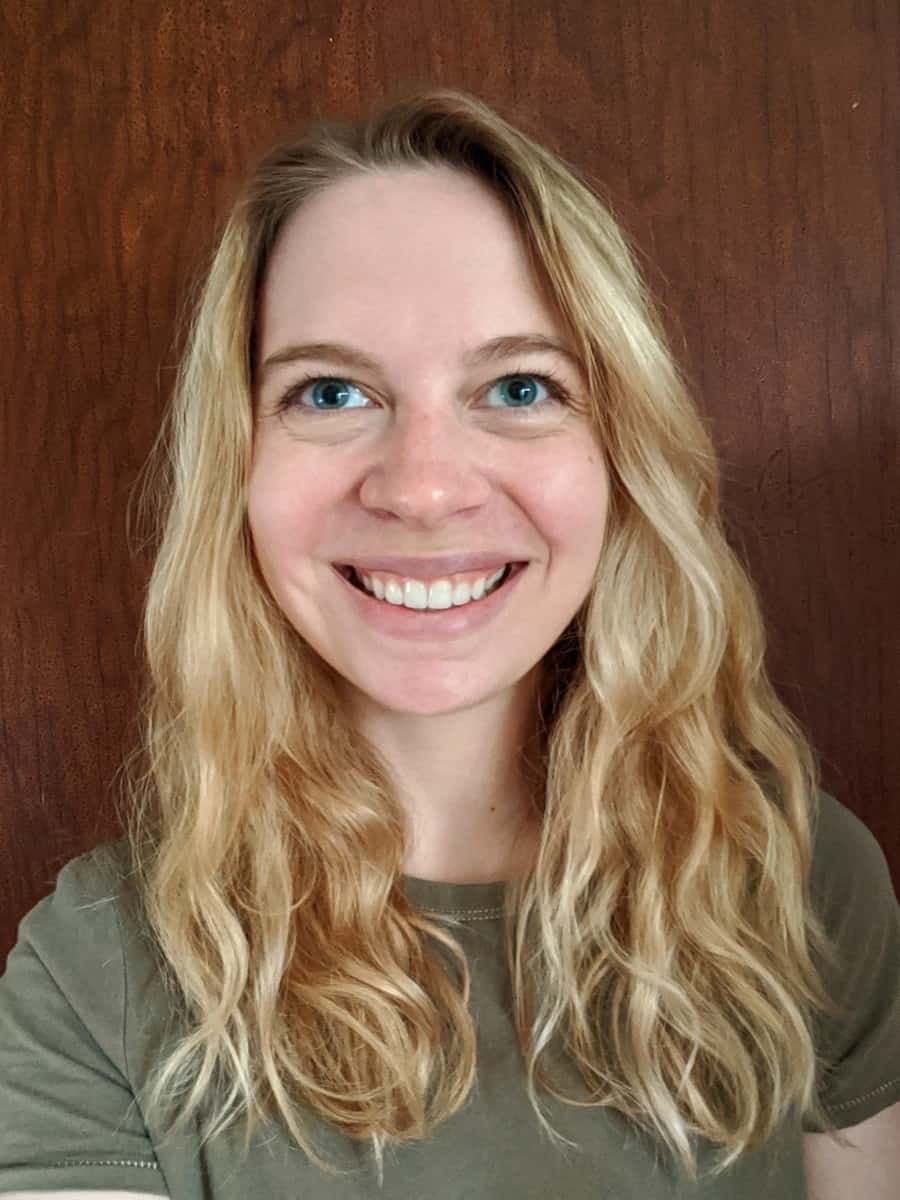During his presentation to our class, the Studio’s GIS Specialist (as well as my wonderful Point of Contact) Jay Bowen suggested we think of our Summer Studio Fellowship as a sandbox.
A playground staple, sandboxes offer children spaces to manipulate finely ground rocks and minerals. Sandboxes have boundaries. Wooden planks prevent too much sand from escaping into the neighboring grass. In the case of the green turtle sandbox (ca. 1995), the plastic shell protects the sand from wind and rain when not in use.
Sandboxes are unstructured spaces of play. There are no rules for how one should sandbox. One’s imagination, the toys at hand, and one’s willingness to share—particularly the single flimsy miniature shovel—are the only limits to play.
Sandboxes are best when used collaboratively. Together, tiny contractors construct castles with moats, excavate holes to the other side of the earth, and entomb each other’s bare feet up to the shin. Even children building towers by themselves benefit from the leaf banners and twig drawbridges proffered by neighboring kingdoms.
Sandboxes are messy. The sand is often damp and cold, coating hands in brownish dirt and jamming fingernails with grit. Then there is that unmistakable sandbox smell.
In our Studio Summer sandbox, graduate student fellows have a protected space to test out new digital methods. Generous funding provides our green plastic turtle shell, protecting our time and labor. Rather than rusty dump trucks and castle molds, our tools are QGIS, ArcGIS, Photoshop, Atom, GitHub, and WordPress, among others. Like a sandbox, our class encourages collaboration. Via Zoom and Slack, we watch—and virtually clap for—our classmates from other disciplines as they build their projects and we present plans for our own. Sharing sparks new ideas and raises important questions about digital scholarship. Just this week, another student’s discussion of his title epiphany challenged me to title my own work.
Our summer sandbox is also messy. Just as an unsuspecting child may find a cat-scat surprise buried in the sand, fellows meet unexpected challenges as we dig. We lose source material, our technology falters, our code falls short. In my case, an archive declined to give me permission to use the perfect historical map. And when the playground bully—here’s looking at you, COVID-19—marches through our best laid foundations, we might be tempted to commit the ultimate sandbox sin: throwing sand. Luckily, we have exemplary babysitters. Our Studio Points of Contact sometimes watch over us from afar. But more often, they dig alongside us and eagerly use their expert knowledge and experience to help solve our construction problems and guide us out of unexpected setbacks.
As I reflect on my own summer sandbox—a digital map of the 1872 Equine Influenza Epidemic in Chicago—at its halfway point, I am so proud of the map Jay and I have made. But I am more proud of my new understanding of georeferencing, my ability to decipher code, and my practice using digital tools to solve historical problems. I often remind myself that my map will probably not be the eight-tier castle with functioning drawbridge and alligator-filled moat that I envisioned at the outset. However, under the incredibly knowledgeable and patient eye of Jay, I have learned so much about mortar mixing, drawbridge mechanics, and alligator feeding practices—and that is precisely what sandboxes are for.
-Jennifer Marks
